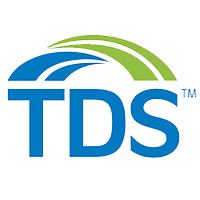Caller ID spoofing is a popular (and costly) scam
TDS offers tips to avoid becoming victim.
Caller ID spoofing has quickly become a common scamming tactic that can lead to credit card or identity theft. According to TDS Telecom (TDS®), a simple way to prevent becoming a victim to the scam is to avoid revealing personal information.
What is caller ID spoofing? Scammers fake their appearance on caller ID displays in order to appear as if they are a reputable company such as your bank, creditor, insurance company, or even the government. They do this to get people to disclose their personal information including credit card numbers, social security numbers, passwords, and/or anything they can use or sell.
“We often think of Caller ID as a validity check, but this isn’t always the case,” said Phillip Berry, manager of Voice Product Management. “It’s unusual your bank, phone company, or other companies would call you for personal information, so be wary of what information you reveal and to whom. Even if it seems legitimate, consider hanging up and calling back the caller – at the number you normally reach them.”
If you don’t have the business number handy, look for it on an account statement, in the phone book, or the company’s official website. Be particularly wary if the caller is persistent and using pressure – scammers often try to scare people into sharing their information.
Interestingly, an “unknown number” notification on a caller ID screen does not imply a spoofed call. It usually means a blocked call or a caller is using *67 before dialing your number in order to hide where the call is coming from.
TDS advises customers to revisit the FCC guidelines and to learn more about caller ID spoofing to avoid becoming a victim.


